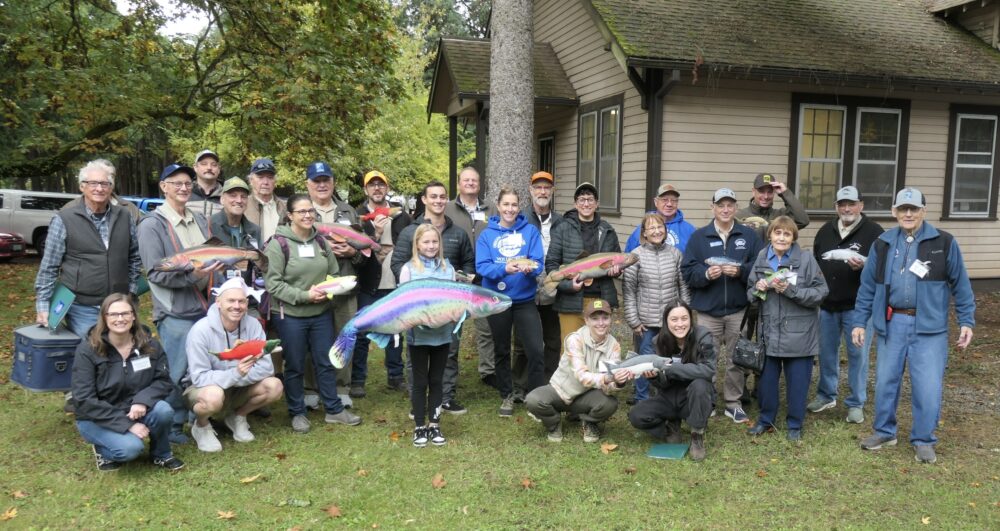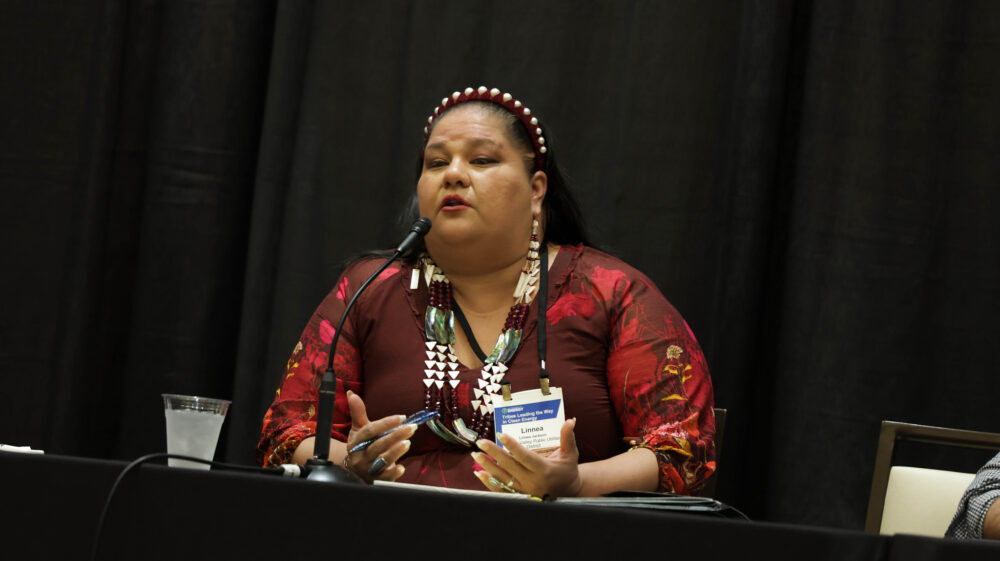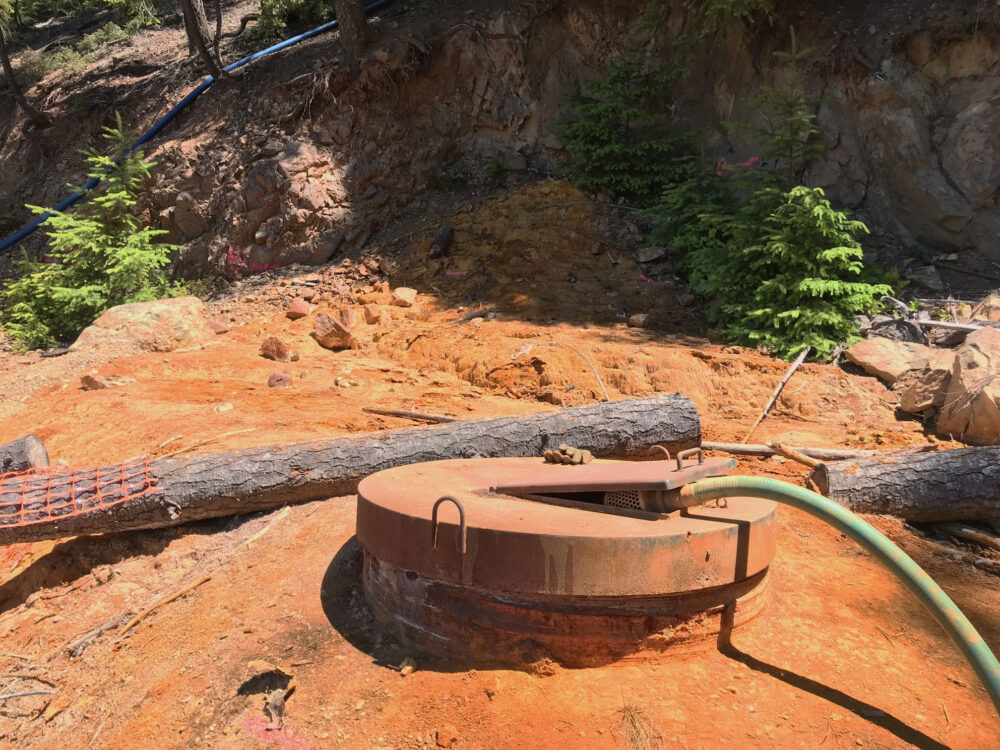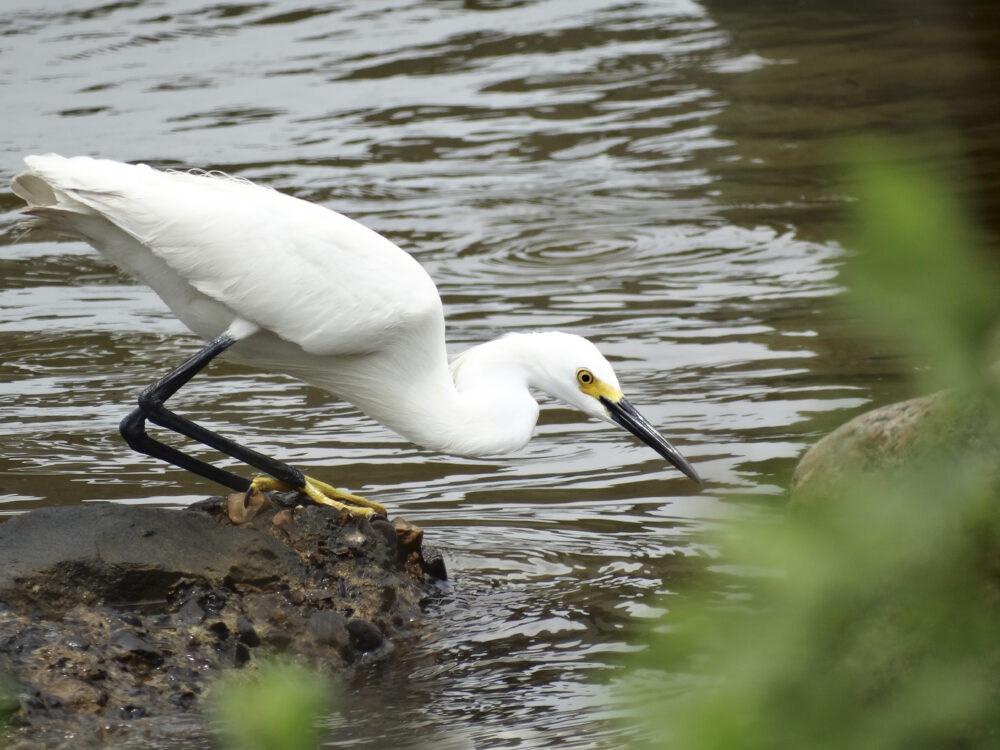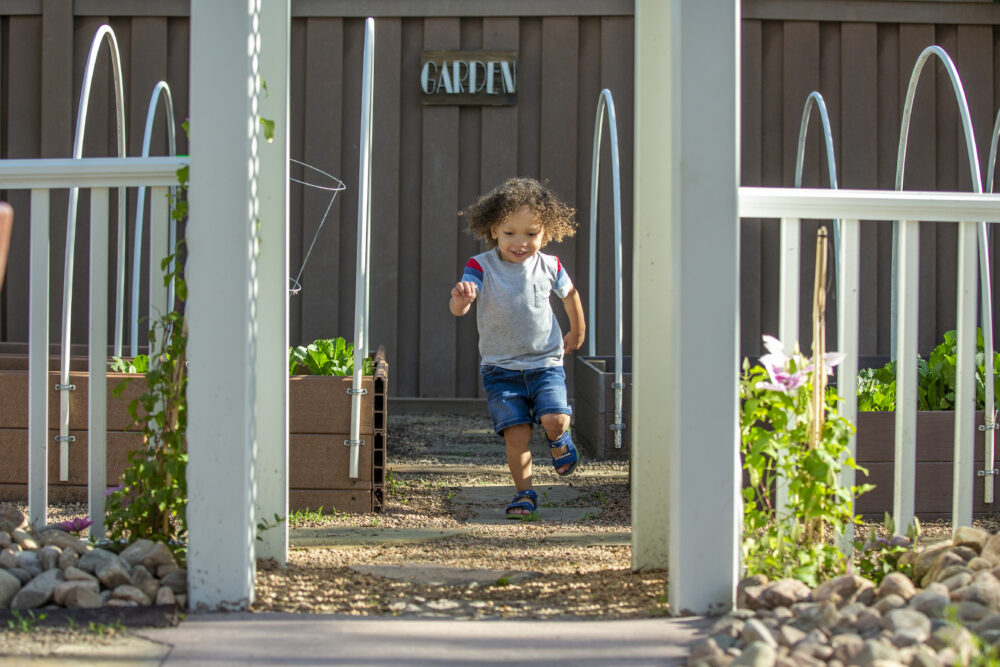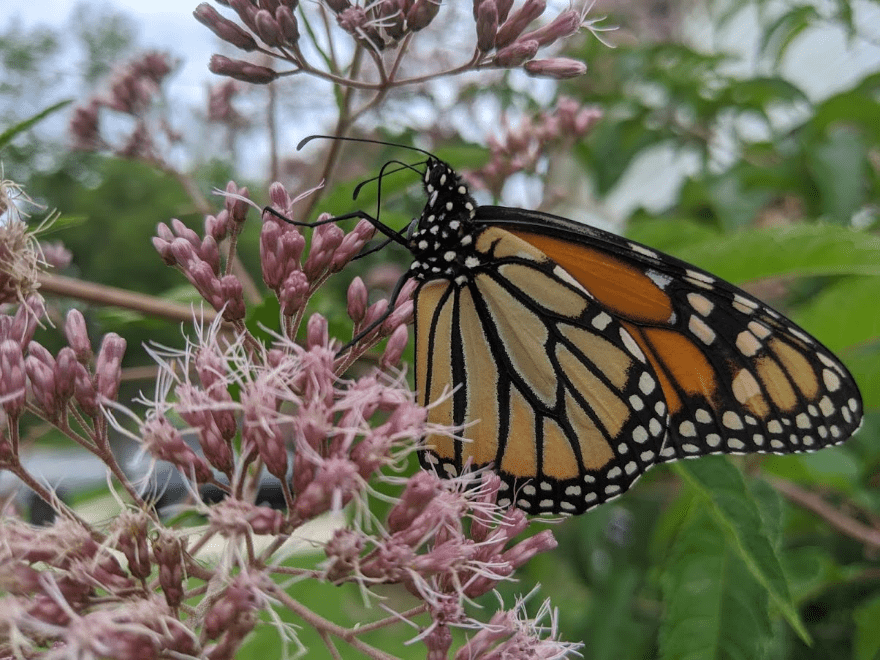We have much more to do and your continued support is needed now more than ever.
Learning in the Environment: The Importance of Expanding Outdoor Education Across the United States
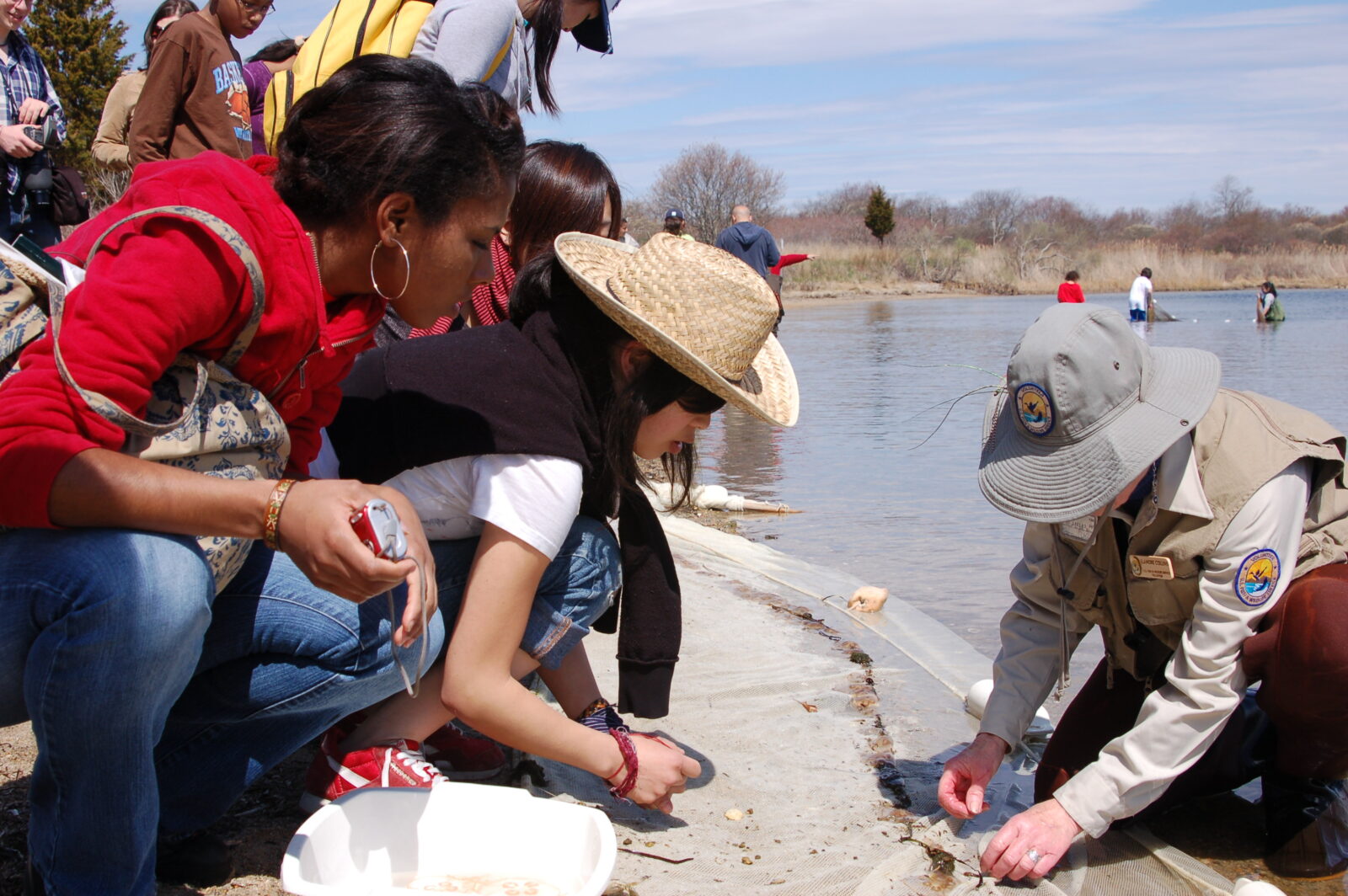
As students return to school this fall, education on climate change and the environment are becoming more prevalent in the classrooms. States, including New Jersey and Connecticut, are among the latest to pass legislation requiring education on climate change. Environmental curriculum is also becoming more accessible to teachers through free climate-education websites. Outdoor education can equip students with the knowledge and confidence to advocate for a more sustainable future.
Conversations surrounding the climate are essential for current and future generations, as kids in classrooms today are inheriting a damaged environment created by previous generations. The decline in the natural world has left a disproportionate burden on youth mental and physical health.
Although environmental discussions are expanding in schools, students often lack the opportunity to interact with the natural world through outdoor education, including place-based learning located in nature. Without first-hand engagement, students may not be able to apply their environmental knowledge from the classroom to their experiences.
Youth can learn in their classes about the habitats, food chains, and community gardens, but they may not watch the bees pollinate flowers in the spring, touch the sap seeping from trees, or hear the creek water flowing through rocks.
As environmental education continues to be reimagined in classrooms, outdoor education must be expanded for students across all states.
Current Inaccessibility of Green Spaces
Green spaces, including parks, community gardens, and forests, are becoming more inaccessible across the United States, limiting students’ exposure to the environment. As the global population rises, residential areas are expanding rather than condensing, which increases the distance between urban and suburban youth to undisturbed natural land.
These barriers disproportionately affect low-income and BIPOC individuals living in urban areas, as these demographics are often located farther from green spaces and have fewer opportunities to venture beyond cities.
The widespread decline of green spaces, especially in densely populated areas, restricts youth engagement with the environment. Students may only understand wildlife through classroom presentations and assignments, never knowing the dynamic and complex environment that lies outside their schools. The progressive disappearance of green spaces underscores the crucial need for outdoor education in introducing students to the natural world.
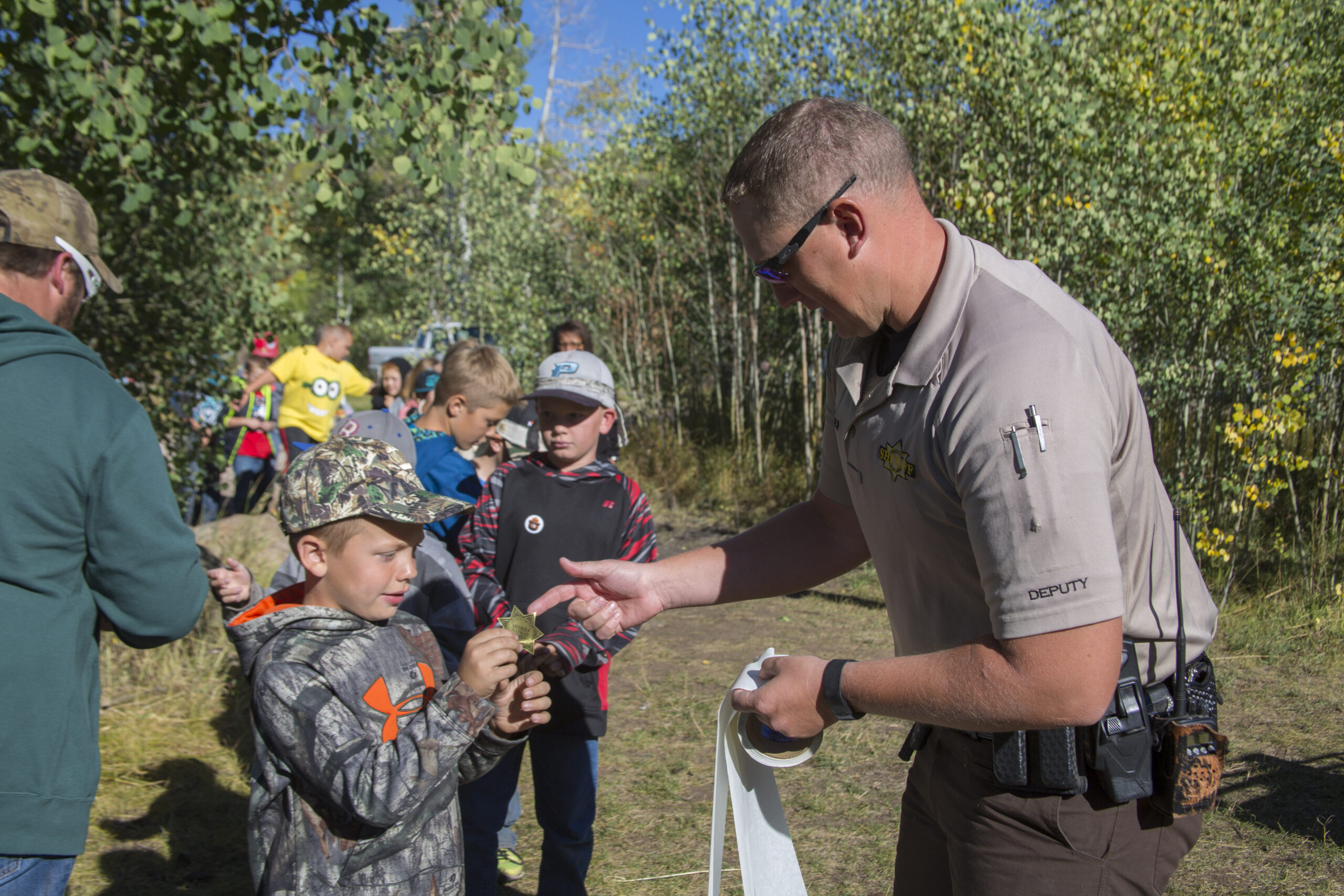
Benefits of Outdoor Education in a Changing Environment
Beyond exposing students to the environment, outdoor education is crucial for growing students’ care for wildlife. Especially as the next generation of youth enters a declining climate, youth must sustain the curiosity and empathy required to translate environmental knowledge into sustainable action.
Across multiple research studies, outdoor education has been found to increase youth environmental sensitivity and stewardship. Such programs equip students with the vocabulary and awareness of environmental issues. These findings indicate that the outdoor setting can transform students’ classroom knowledge into personal care for natural resources.
Additionally, overnight outdoor education programs have been shown to improve participants’ understanding of environmental issues and feeling of personal responsibility toward nature. As such, interacting with the outdoors helps students to understand not only the environment itself but the role they can play in protecting it.
Opportunities for Outdoor Education
As students enter a new era of environmental change, they deserve an education that engages with the natural world. To overcome the inaccessibility of the outdoors, we must provide youth with more educational opportunities to interact with wildlife. States can implement legislation that offers statewide outdoor school programs similar to those passed in Oregon and proposed in Minnesota, Nevada, and West Virginia. Such programs offer students to engage with the outdoors and develop a relationship with nature, an opportunity that has become too rare.
Communities and stakeholders can also invest in local gardens, parks, and organizations that empower place-based learning. The Resilient Schools and Communities (RiSC) program, for example, promotes outdoor education by providing boat trips and tree-planting events that teach students about coastal flooding and urban heat islands. Through programs and legislation, we can redefine education in the environment to protect the environment.
As a council member of the Climate Equity Collaborative Youth Advisory Council, I gained a greater understanding of the networks that must exist for environmental protection. There must be dialogue between diverse nonprofits, industry leaders, and community stakeholders to affect sustainable progress. Expanding outdoor education requires the same gradual and collaborative efforts.
Rachel Warner is a member of this year’s Youth Advisory Council. Read blogs written by other members of the 2024 YAC:


